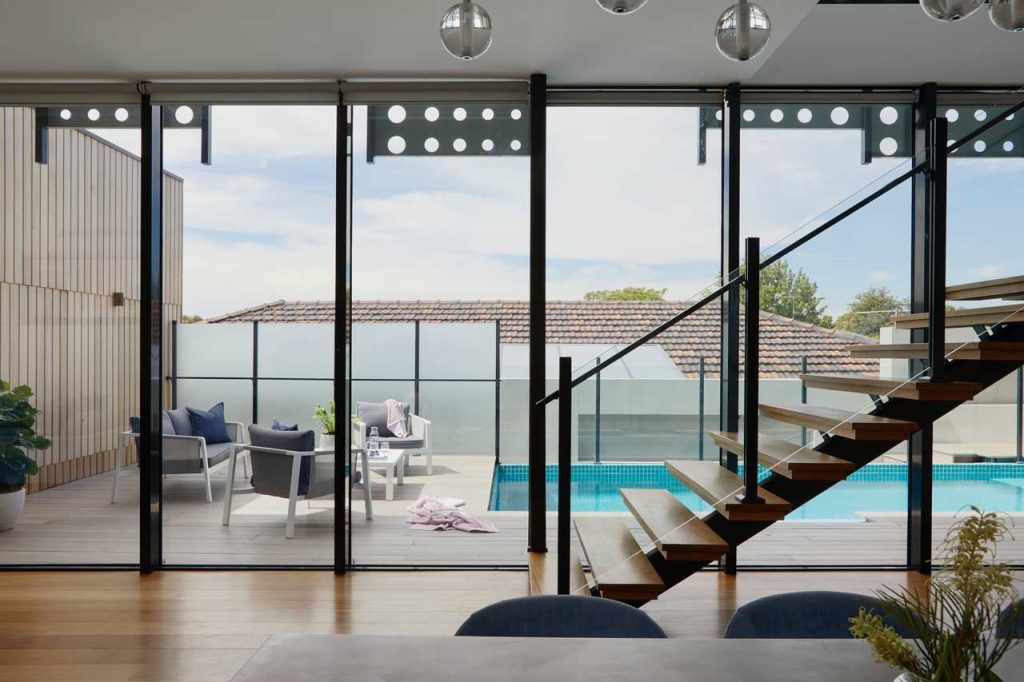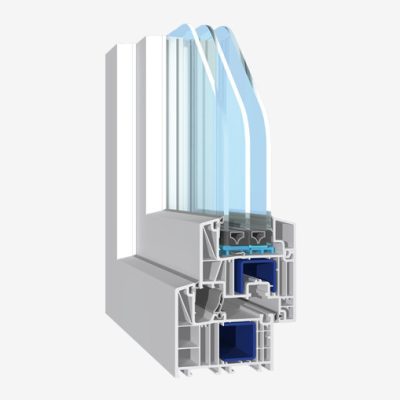
Among sliding door and window systems, there are two that are comparable in terms of convenience of use, but they have characteristics that differ and influence the final choice. It is important that they are comfortable for the user, installed correctly and safely, and that the customer can enjoy them for a long time without any problems.
Advantages of sliding windows and doors
Sliding windows and sliding doors take up much less space and therefore save room space. Convenient to use, light, ideal as an exit to the terrace or balcony, they have such pleasant solutions that users find it difficult to part with them. They are a godsend for people who are oversensitive to noise and banging doors against walls and other objects – a draught in the room will not cause an uncontrolled door slam. When connected to a balcony, they give a sense of connection with nature and for some people they are a way to calm down and relax.
Sliding doors are also used in modern offices. They are convenient, light and do not take up much space. Thanks to their design and the materials used, they also act as soundproofing, which is very desirable in workplaces. Sliding doors are also used in shops, for example. They make it much easier to arrange furniture and goods in such places and do not restrict the space. They are robust and look very aesthetically pleasing, and at the same time, they are extremely functional.
HST system
The HST system is a high-quality sliding product with a higher price. It is the most expensive option on the market, but the largest size of a single panel is up to 3 metres wide and 2.7 metres high. In addition, they are installed without thresholds, which facilitates movement, eliminates protruding edges, allowing free movement of, for example, wheelchair users or the movement of a pram to the balcony, terrace or garden. They will certainly make life easier for the elderly, who find it harder to cross thresholds, or for people who have mobility problems. Mostly glazed, the doors and windows in this system let in a lot of light, and the way they move along the guides saves space in the building.
Smart-slide system
They work very intuitively, just turn the handle upwards and the door moves slightly away from the frame and slides smoothly towards the other leaf, which is usually fixed. The door moves so freely that even children and the less able-bodied can handle it without any problems. When you want to close the door, simply slide it back into place, turn the handle down, and the mechanism will press the leaf and its seal around the entire perimeter. They are characterised by excellent tightness compared to other systems, and at the same time they are trouble-free. In addition, they are cheaper than the HST system and easy to use.It is also worth mentioning that doors in the smart-slide system are easier to install and at the same time cheaper than HST, while fulfilling the same functions. The significant difference when choosing them will be the amount of glazing, which is less in the cheaper system. It is also important that smart-slide doors cannot have a window tilt function, HST has this function.
Windows made with both systems work on a similar principle. However, smart-slide is a more airtight, more precise closure. The HST solution is by far the most expensive, almost 50 per cent more expensive, and apart from the possibility of creating a glazed corner, it does not differ much from its cheaper counterpart.
Read also:
When can rotating windows be used?
What are HST windows and what are their advantages?



